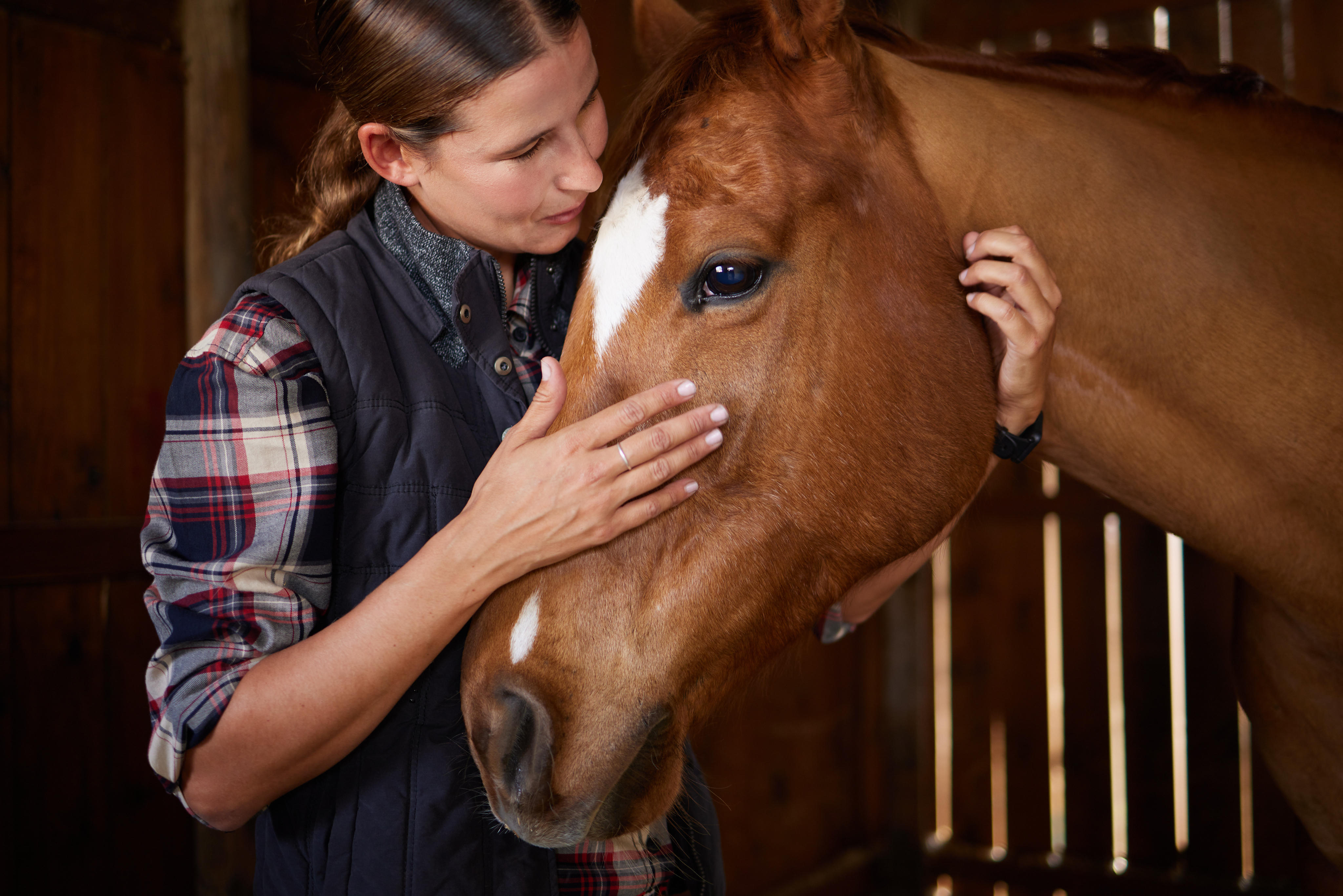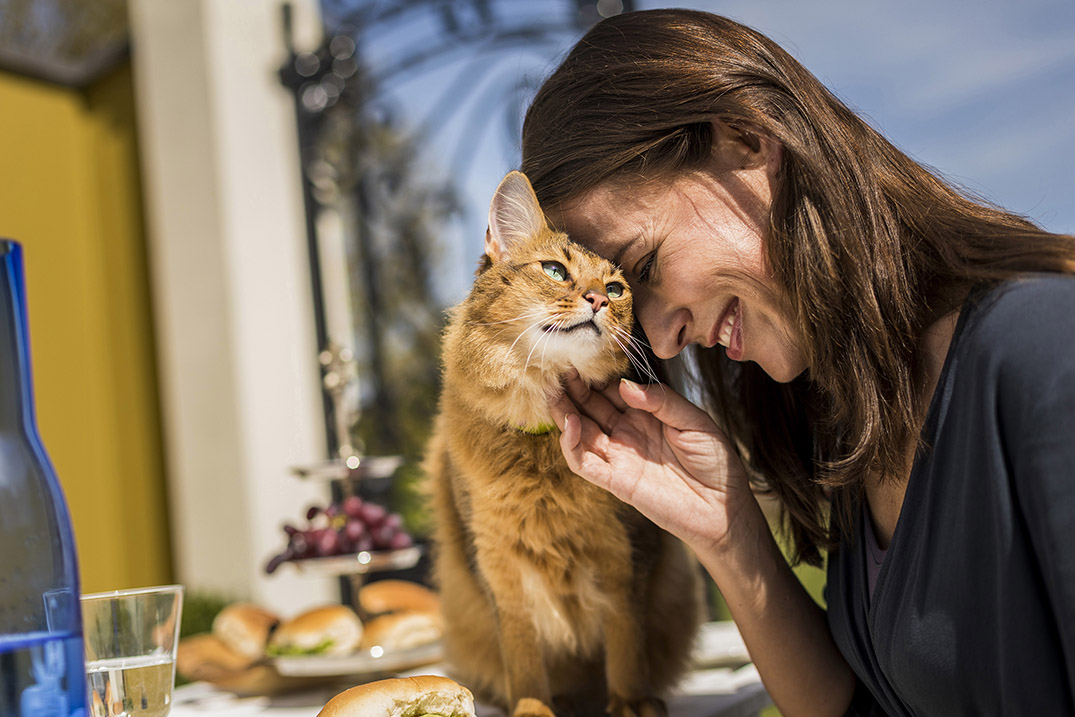/
/
/
/
Fleas and ticks
Fact or fiction? Dispelling myths of flea and tick risk for cats
Is it fact or fiction? Test your knowledge of flea and tick risk for cats.
Indoor cats can’t get fleas and ticks
FICTION – While indoor cats aren’t in as many high-risk situations as outdoor cats, it’s still possible for these cats to get fleas and ticks.1
Cats in colder climates are at risk for fleas and ticks too
FACT – Fleas and ticks affect cats in cold and warm climates. Even when it’s cold outside, fleas can overwinter on host animals or in warm, soft, indoor areas like carpets and bedding.2
Your cat is safe without flea and tick protection if you live in a city
FICTION – Living in an urban area isn’t insurance against fleas and ticks. Access to outdoor spaces, coming in contact with visiting pets, and taking trips outside of the city can all put your cat at risk.
Those muddy shoes and dirty clothes are harmless
FICTION – Fleas and ticks can hitch a ride on clothes, shoes, and other objects coming in from outside.1 And, that pile of clothing that needs to be washed may look extra inviting to a curious cat.
Cats should be protected when going to a boarding facility
FACT – If your cat visits a boarding facility or groomer, she may be exposed to other animals and situations where fleas are present.1 Board your cat worry-free by keeping the cat protected at all times.
Cats only need flea and tick protection in the summer
FICTION – It’s difficult to predict the shifts in weather that create the right climate for fleas and ticks, so the best and most medically sound approach is to treat your cat year-round.3
The fact is, you need to protect your cat everywhere, all year long. Ask your veterinarian about long-lasting, BRAVECTO® (fluralaner topical solution) for Cats or BRAVECTO® PLUS (fluralaner and moxidectin topical solution) for Cats, which combines flea and tick protection with protection from intestinal parasites.
More like this
Fleas and Ticks
September is dog tick season
The weather is beautiful, fall is just around the corner … and it’s peak season for ticks.
Pet Health
Caring for a senior pet
Cats and dogs may need special attention as they age, so it helps to understand what to expect as your pet gets older.
References
- 5 ways indoor cats can get fleas. PetMD.com. https://www.petmd.com/cat/5-ways-indoor-cats-can-get-fleas
- Do fleas die in the winter? PetMD.com. https://www.petmd.com/dog/parasites/do-fleas-survive-winter
- The case for year-round flea and tick control. CAPCvet.org. https://capcvet.org/articles/the-case-for-year-round-flea-and-tick-control/
Important Safety Information:
BRAVECTO (fluralaner topical solution) for Cats: The most commonly reported adverse reactions include vomiting, itching, diarrhea, hair loss, decreased appetite, lethargy, and scabs/ulcerated lesions. BRAVECTO Topical Solution for Cats has not been shown to be effective for 12-weeks’ duration in kittens less than 6 months of age. BRAVECTO Topical Solution for Cats is not effective against American dog ticks beyond 8 weeks of dosing. For topical use only. Avoid oral ingestion. The safety of BRAVECTO Topical Solution for Cats has not been established in breeding, pregnant, and lactating cats. Fluralaner is a member of the isoxazoline class. This class has been associated with neurologic adverse reactions including tremors, ataxia, and seizures. Neurologic adverse reactions have been reported in cats receiving isoxazoline class drugs, even in cats without a history of neurologic disorders. Use with caution in cats with a history of neurologic disorders.
BRAVECTO PLUS (fluralaner and moxidectin topical solution) for Cats: The most commonly reported adverse reactions include vomiting, hair loss, itching, diarrhea, lethargy, dry skin, elevated ALT, and hypersalivation. BRAVECTO PLUS has not been shown to be effective for 2 months in kittens less than 6 months of age. For topical use only. Avoid oral ingestion. The safety of BRAVECTO PLUS has not been established in breeding, pregnant, and lactating cats. Fluralaner is a member of the isoxazoline class. This class has been associated with neurologic adverse reactions including tremors, ataxia, and seizures. Neurologic adverse reactions have been reported in cats receiving isoxazoline class drugs, even in cats without a history of neurologic disorders. Use with caution in cats with a history of neurologic disorders. Use with caution in cats that are heartworm positive. The effectiveness of BRAVECTO PLUS to prevent heartworm disease after bathing or water immersion has not been evaluated.
Receive Expert Pet Care Tips
Join us and discover essential pet care tips to ensure the well-being of your pets.
I’m signing up



 Go To United States
Go To United States Algeria
Algeria Argentina
Argentina Australia
Australia Austria
Austria Bahrain
Bahrain Belgium (Dutch)
Belgium (Dutch) Brazil
Brazil Canada (English)
Canada (English) Chile
Chile Colombia
Colombia Croatia
Croatia Czech Republic
Czech Republic Denmark
Denmark Ecuador
Ecuador Egypt
Egypt Finland
Finland France
France Germany
Germany Greece
Greece Hungary
Hungary India
India Indonesia
Indonesia Iraq
Iraq Ireland
Ireland Israel
Israel Italy
Italy Japan
Japan Jordan
Jordan Kuwait
Kuwait Lebanon
Lebanon Malaysia
Malaysia Mexico
Mexico Morocco
Morocco Netherlands
Netherlands New Zealand
New Zealand Norway
Norway Oman
Oman Panama
Panama Peru
Peru Philippines
Philippines Poland
Poland Portugal
Portugal Qatar
Qatar Romania
Romania Russian Federation
Russian Federation Saudi Arabia
Saudi Arabia South Africa
South Africa South Korea
South Korea Spain
Spain Sweden
Sweden Switzerland (French)
Switzerland (French) Taiwan
Taiwan Thailand
Thailand Tunisia
Tunisia Turkey
Turkey Ukraine
Ukraine United Arab Emirates
United Arab Emirates United Kingdom
United Kingdom Uruguay
Uruguay Yemen
Yemen Global
Global